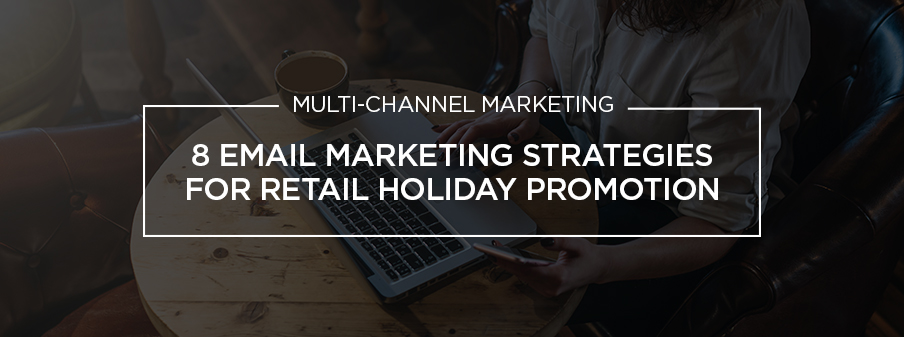The Right Way To Do Data Marketing
Whether you’re new to data marketing or you’ve been doing it for years, it’s always good to know the basics. Data marketing is different than other forms because you are not randomly sending ads out to people and hoping for a response. You are targeting individuals based on specific criteria. This criteria can include a person’s age, their gender, where they live, their income, if they own or buy their car or home, their political and personal interests and hundreds of more options.
Utilizing data isn’t new. In fact, it’s been around for nearly a century. What is new is how detailed the information has become and how much you can utilize it. For example, let’s say you are having a sale on cars this weekend. You want to target people between the ages of 25-45 who make $40,000 a year and live within 20 miles of your dealership. Furthermore, you would like to target an audience that has purchased or leased cars in the past rather than anyone who tends to use trucks.
That’s a very selective audience but thanks to data, you can now find a list and send ads to consumers who meet that criteria via email, display and banner ads, social media ads and postal records. Because you are targeting consumers directly, you are getting multiple impressions for your campaign. Impressions are a funny thing in analytics, you do not want 100,000 impressions to 100,000 people. You want 100,000 impressions to 5,000-10,000 people. Why is that? Because you need to show an ad to one person 8-18 times before the brand and promotion stick in their head.
There’s no point in showing someone an ad only once because it will not get the same traction as it would if you show them it dozens of times. That’s why you need to target the same people and show them content over and over again. Furthermore, you also want to spread this campaign out over an entire month. It doesn’t make sense to just send someone an ad two days before a sale.
The best strategies for promoting sales are to begin with an introductory email. This is where you introduce your business to the consumer. The email is important because it goes to their inbox and they will see your brand and subject line. Next, you want to start running Facebook and banner ads. This puts your brand back into their mind and it gets more recognition because of that initial email. This is also when you want to send the postcard or flyer to them. Now that they’ve seen your business at least 2-3 times, the postcard will be more impactful because of familiarity with your company name. The ads will continue to show up on sites they visit and their social media sites. Finally, another email is sent the week of the sale, reminding them that it’s coming up and why they should be interested in it.
This is exactly how a multi-channel data focused marketing campaign needs to be run. It’s more cost-effective than other campaigns because you are not randomly sending ads to people. You are targeting a very specific audience and giving them information that they will benefit from.
So how do you know if it worked? Analytics will show things like impressions, opens, clicks, how many people went back to your site after the initial visit and more. Google business listings are also a great help because they can show how many people went to the search engine to research your business and ask for directions or placed a call. This information will give you a better idea of what kind of ROI your data marketing campaign generated and how to utilize this data for future campaigns.













